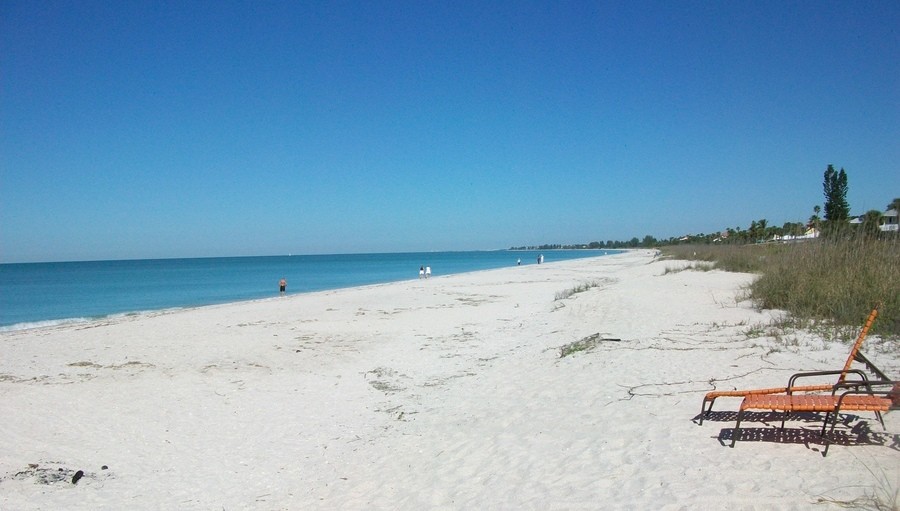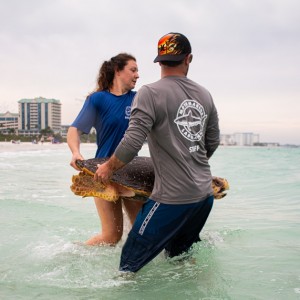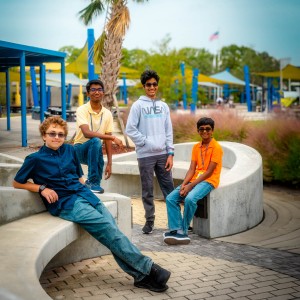From the Cockpit Part 5: UC-1 Twin Bee
Todays News
SRQ DAILY FRESHLY SQUEEZED CONTENT EVERY MORNING
THURSDAY FEB 2, 2017 |
BY PHILIP LEDERER
Pictured: Ricky Rowe and Ryan Rankin in front of the UC-1 Twin Bee.
Roaming the runways at a flight school in Lakeland, FL, a strange aircraft catches the eye of US Navy Pilot Ryan Rankin, with its stunted cockpit sticking out “like a VW bus” from an almost comically slender frame. “But I have this penchant for odd mechanical things,” says Rankin, “and I loved it.” Asking around, he found the plane belonged to a flight instructor and captain with Southwest Airlines named Ricky Rowe. With one more call, Rankin had a flight booked the next day one of the last remaining UC-1 Twin Bees.
A multi-engine amphibious aircraft, the UC-1 Twin Bee is the result of modification on top of modification, tracing its lineage back through the twin-engine Republic Seabee to that aircraft’s single-engine predecessor, the Seabee. As a result, only 23 UC-1 Twin Bees were produced and of those only eight still fly today, making Rankin’s find a fortuitous one. He’s not the first, however.
Not designed for aerobatics, but rather a workhorse to shuttle goods and passengers, Rankin and Rowe took a pleasant cruise out of Winter Haven’s Gilbert Airport near Orlando. No stranger to piloting a multi-engine aircraft, Rankin easily slipped back into the familiar routine. “The biggest thing is asymmetric thrust,” he says. While having multiple engines can provide greater range for the craft, they also open the door to a problematic engine failure. With one engine still running, the plane will not turn into a clumsy glider, but instead continue with an imbalanced propulsion that threatens stability. Part of training on a multi-engine aircraft is learning how to deal with those eventualities.
Thankfully, all engines remained purring throughout the flight, all the way to the water landings. Flying up to a nearby lake, Rankin got to try his hand at keeping the landing gear up and going in for a splashy landing. It’s a trick he’s pulled before on a single-engine craft. “There are different rules and there’s more to consider,” Rankin says. Wind direction, the chop of the waves, water obstructions like boats and crab traps—all must be taken into consideration. As such, Rankin and Rowe make a couple low passes to scope the landing area before swooping back around to touch down on the water. “I wouldn’t say it’s easier,” he says, “but it’s different.”
With an “island feel” to it and a rare look, it’s not surprising that Hollywood picked one up for the Johnny Depp vehicle The Rum Diary. What may be a little more surprising, is that Rankin got to fly the exact same one.
With one month down in his yearlong aviation exploration, Rankin’s spirits remain high after his trip in the UC-1 Twin Bee. “It was some of the most fun flying I’ve ever had,” he says.
Pictured: Ricky Rowe and Ryan Rankin in front of the UC-1 Twin Bee.
« View The Thursday Feb 2, 2017 SRQ Daily Edition
« Back To SRQ Daily Archive











